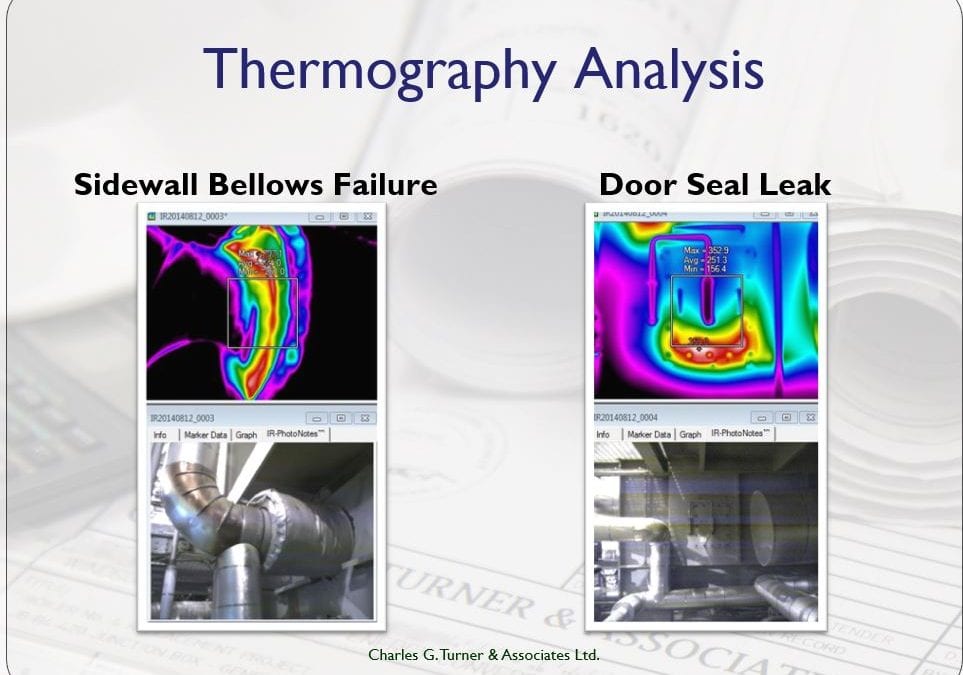Putting “Wholistic” into HRSG Inspections
Wholistic refers to the approach and execution of the HRSG inspection, where the HRSG is inspected from an asset integrity and management approach.
The approach integrates the HRSG inspection and boundary limits into the Company’s long term maintenance plan that includes: Integrity Plans, SAMP’s and Long Term Maintenance Plan
Aligning Inspection Deliverables within the Asset Management Plans
What is a Corporate Asset Management Plan?
- Defines the organizational goals and objectives of the plant components.
- Defines performance targets.
- Provides future demand forecasts.
- Specifies regulatory requirements.
- Identifies site specific maintenance intervals, capital and operating improvement projects.
- Records equipment condition.
- Provides a summary location for the performance history and operating strategy to maintain performance requirements.
HRSG Integrity Plans
HRSG Integrity Plans are developed to support the Asset Management Plans:
- Defines the life cycle wholistic view of the specific equipment.
- Incorporates Operations and Maintenance strategies.
- Develops Risk Assessment including analysis and consequences.
- Defines Provincial and State compliance requirements.
- Assurance of Insurance compliance requirements.
- Provides a basis for the lessons learned.
Critical Pre-Inspection Key Parameters
- HRSG Superstructure Design: Bottom supported components.
- Waste Heat Source: Gas turbine – Size/Make/Model and Duct firing – location and rating.
- Operating Parameters: number of pressure levels, pressure/temperature, operating hours, number of cold iron starts, cold/warm/hot starts, forced cooling events and EOH’s.
- Pressure parts materials of construction: T91/T23/T22/T21, two phase flow hardened locations.
- In-Cycle water treatment program: HP & IP pH program/LP – SALP or FFLP?, Once through requirements, cascading blowdown.
- Operating aspects: HRSG drains integrity, drum level to up during standby conditions.
- Feedwater Inlet & Economizer Temperatures: Economizer(s) configuration, FAC susceptible zones and materials of construction, sliding pressure and off-design operations.
Incorporating the Inspection Results into the LONG TERM MAINTENANCE PLAN
- The long Term Maintenance Plan (LTMP) will define the scope, frequency and estimated cost of equipment maintenance required to attain expected plant availability.
- The LTMP will be built based on the outputs of the equipment. Integrity Plans and the System Asset Management Plans (SAMP).
LTMP & Business Plan – LTMP Linkage with the Annual Business Plan
The LTMP will include the following:
- Discussion on Integrity Plans and SAMP content as it relates to the long term maintenance requirements.
- Short term view showing major outage work scopes, durations and cost estimates.
- Long term view showing major outage work scopes, durations and cost estimates.
With the combination of Integrity Plans and SAMP’s in the LTMP, which should be reviewed and updated on an annual basis, the annual Business Plan will contain an accurate maintenance scope, duration and cost estimates for the coming year.
Incorporating the Inspection Findings into a Risk Registry
- The Risk Registry is a tool used to document risks known to Management and associated mitigation activities.
- As a group, the management team distributes risks appropriately to team members, who become the “risk manager”.
- The Risk Manager is responsible for documenting current mitigation activities or developing strategies for further mitigation when appropriate.
Calculate Risk Value
A risk value is calculated using the probability, frequency and impact values.
A Wholistic Approach to HRSG Inspections
- Know what you are up against.
- Begin the inspection with the end in mind.
- Understand the deliverables of the inspection.
- Hope for the best, prepare for the worst.


Recent Comments